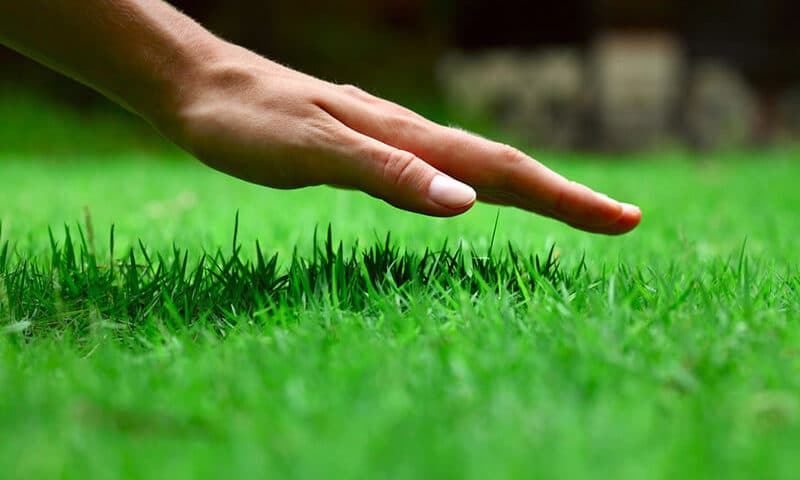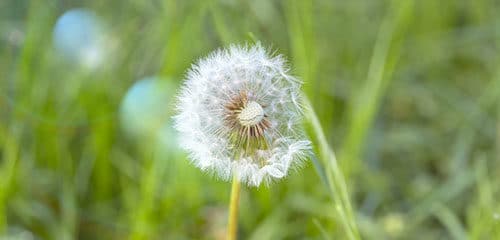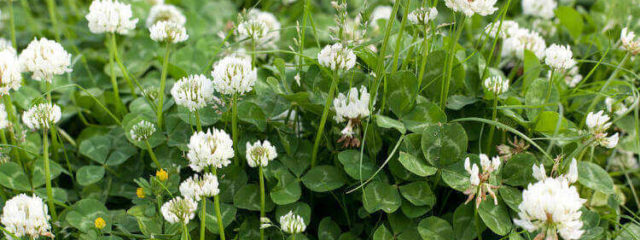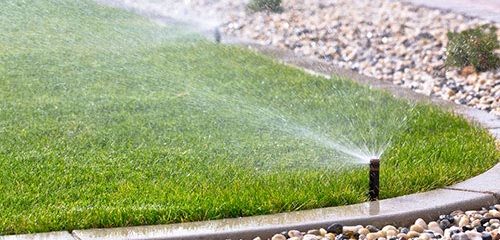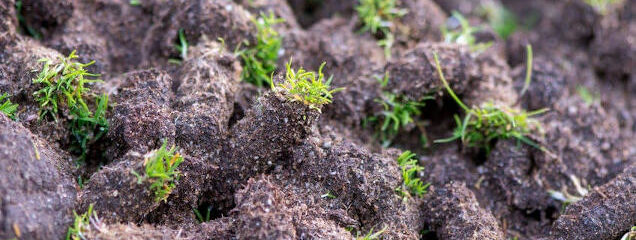Benefits of Mowing
There are several best practices you can observe when considering how to best mow your lawn. Consistent mowing practices help keep grass blades at a desired and uniform height which makes for a pristine patch of land. Infrequent mowing practices eventually lead to a lawn thinning, the appearance of brown spots, and overgrowth to name a few issues. Furthermore, proper mowing practices suppress the establishment of weeds, insects, and fungi.
Mowing Height
Most people don’t realize the science that is associated with mowing height. After mowing, grass blade length must be long enough to support the photosynthetic process. Grass cut too short may not produce enough energy to survive. The most common grasses in our areas are Kentucky bluegrass and Fescue. These types of grass are the healthiest when cut to a height of 2 to 3 inches. Mowing height can also vary based on the season. Grass should be shorter in cooler months and longer in higher temperatures, especially in the hot summer months. Grass cut too short in the summer can scorch the grass, leaving it looking burnt.
Mowing Frequency
There are two key guidelines to determining mowing frequency. First, grass should be mowed when blades are one-fourth to one-third longer than the recommended growing height. For 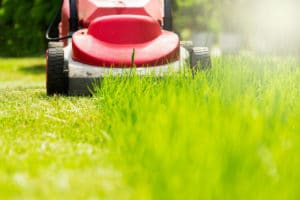
For more information on Lawn mowing services, call us today. 877-944-4007

